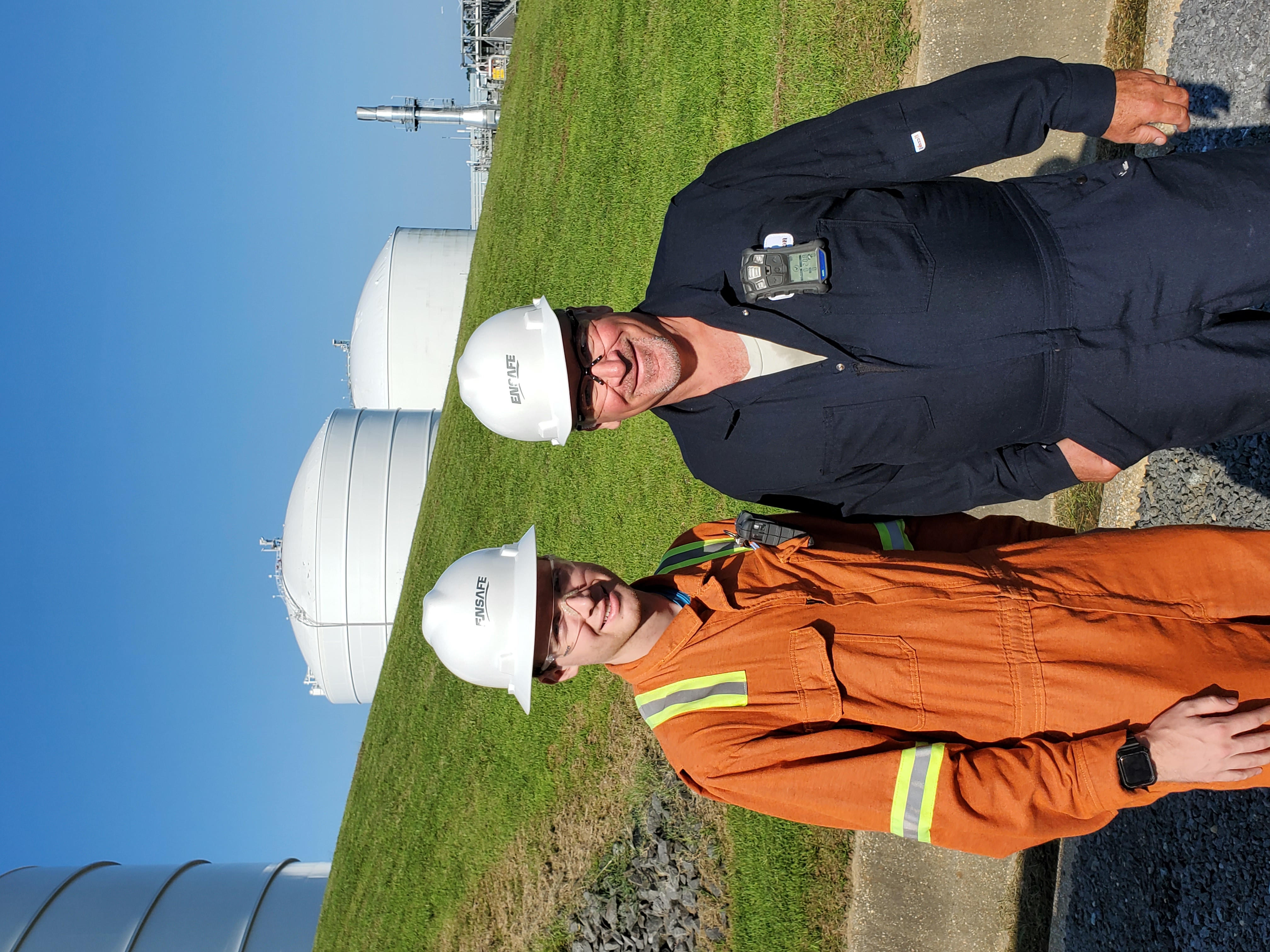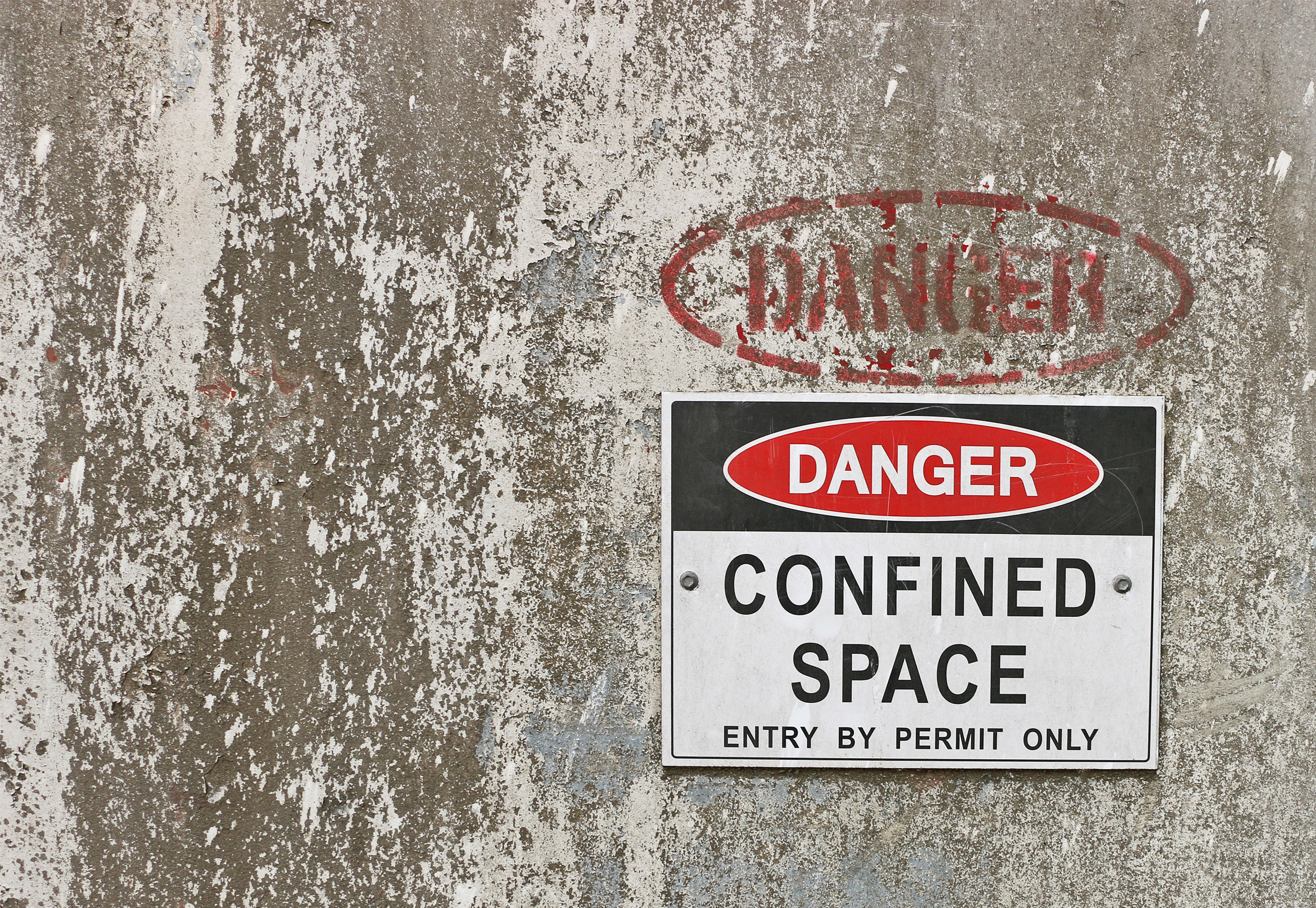When one of the largest Liquified natural gas (LNG) plants in the country is relying on us to identify all its confined spaces, perform hazard assessments on those spaces, and determine whether each one is a “permit required confined space” (as defined in the Occupational Safety and Health Administration [OSHA] standard, here’s how we do it both rapidly and thoroughly:
1. Using customized, cloud-based software in the field
We use a customized, cloud-based software and complete the assessments solely with our mobile devices, which is critical in a plant this size. The software’s copy/paste function allows us to very rapidly complete assessments for multiple spaces that are alike, by just changing names and taking new photos. We’re able to insert those new photos directly into the assessments from our mobile devices – no transferring back at a computer.
2. Creating customized, visually appealing procedures and inventories
Once our confined space hazard assessment (CSHA) determines whether a space is “permit required,” we develop entry and rescue procedures and document all the entry locations on the vessel/equipment with high quality photographs. The result is a very user-friendly assessment that clients can begin using when their employees enter confined spaces. We also develop a “confined space inventory” for the client, another key OSHA requirement.
3. Taking in the views from those 200-foot-tall towers
We know, this doesn’t sound like it’s part of what makes our assessments rapid and thorough. But it’s an example of the lengths (and heights) our highly qualified, experienced safety professionals and Certified Safety Professionals (CSPs) go to, to get the job done well.
Our client was pleasantly surprised we were able to over 440 assessments in a condensed period, a time savings which we know translates to cost savings as well. Our rapid, thorough CSHAs also gave our client more time to focus on protecting their employees through proper confined space entry and rescue training (both of which are services that we offer).
Need help developing your confined space program? EnSafe can help through every step of the process, from initial confined space identification and risk assessment all the way to technician-level confined space and high angle rescue training.

Ian Davis and Craig Eckstein
